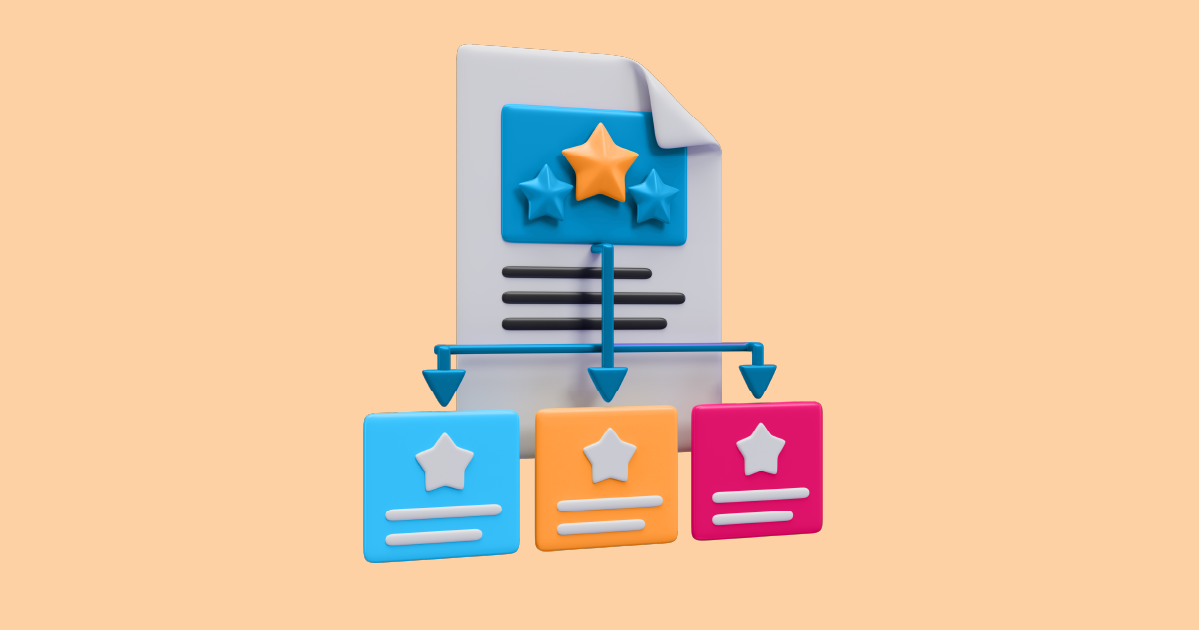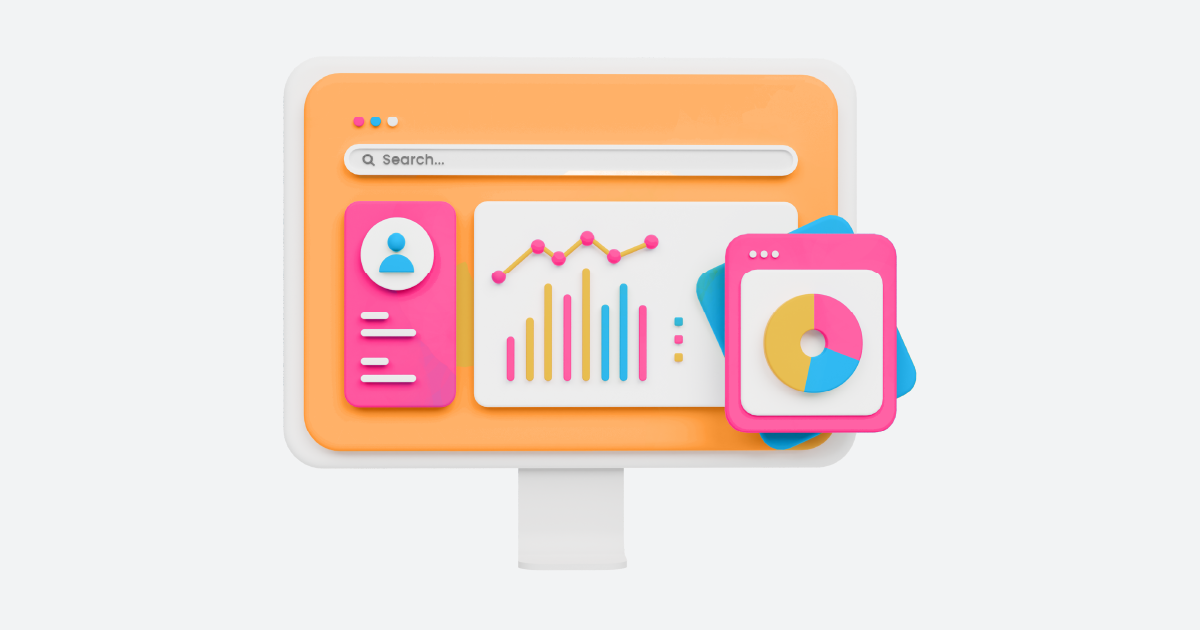In today’s highly competitive market, standing out is more challenging than ever. But how do you know if your brand is making a lasting impression? This is where brand awareness tracking comes into play. But first, let’s break down what brand awareness actually means and why tracking it is crucial.
What is Brand Awareness Tracking?
![]()
Brand awareness refers to the extent to which consumers recognize and remember your brand. It’s not just about people knowing your name; it’s about them associating your brand with certain qualities, emotions, and experiences. Think about some of the biggest brands in the world—when you see their logos or hear their names, certain images, feelings, or thoughts immediately come to mind. That’s brand awareness at work.
Importance of Tracking Brand Awareness
So, why is it important to track brand awareness? Well, for starters, it helps you understand where your brand stands in the market. Are you a household name, or do people barely know you exist? Tracking brand awareness also allows you to measure the effectiveness of your marketing campaigns. If you’re investing heavily in advertising, you need to know if it’s actually working. Finally, it helps in identifying opportunities for growth and areas that need improvement.
Understanding the Metrics of Brand Awareness
When it comes to brand awareness, not all metrics are created equal. There are several key indicators that you should be paying attention to.
Top-of-Mind Awareness (TOMA)
Top-of-Mind Awareness refers to the first brand that comes to mind when consumers think of a specific product category. For example, when someone says “soft drink,” if your brand is the first one people think of, you’ve achieved high TOMA. This metric is crucial because it indicates a strong mental association with your product.
Brand Recall vs. Brand Recognition
Brand recall and brand recognition are often confused, but they’re not the same thing. Also, brand recall is when a consumer can remember your brand without any prompts. On the other hand, brand recognition is when they can identify your brand when given a cue, like a logo or tagline. Both are important, but brand recall is generally seen as a stronger indicator of brand awareness.
Brand Sentiment Analysis
Brand sentiment analysis goes beyond just knowing if people recognize your brand; it measures how they feel about it. Are the mentions of your brand positive, negative, or neutral? Sentiment analysis helps you gauge the emotional connection consumers have with your brand.
Brand Awareness Tracking Tools
Now that you know what to measure, let’s dive into how you can actually track brand awareness. There are several tools and techniques at your disposal.
Surveys and Questionnaires
One of the most traditional methods for tracking brand awareness is through surveys and questionnaires. By directly asking consumers how familiar they are with your brand, you can gather valuable insights. These surveys can be conducted online, over the phone, or in person.
Social Media Listening Tools
In today’s digital age, social media is a goldmine for brand awareness data. Social media listening tools allow you to track mentions of your brand across various platforms, analyze sentiment, and even identify trends. These tools are essential for understanding how your brand is perceived in real-time.
Web Analytics and Traffic Analysis
Web analytics tools like Google Analytics can provide a wealth of information about how people are interacting with your brand online. By tracking metrics like website traffic, bounce rates, and time spent on your site, you can gauge how well your brand awareness efforts are paying off.
Brand Mention Tracking Tools
Brand mention tracking tools help you monitor where and how often your brand is being mentioned online. This includes news articles, blogs, forums, and other websites. Knowing where your brand is being talked about can give you a clearer picture of your overall brand awareness.
Setting Up a Brand Awareness Tracking Strategy
Before you start tracking, it’s essential to have a strategy in place. Here’s how to set one up.
Defining Your Goals and Objectives
What do you hope to achieve by tracking brand awareness? Are you looking to increase brand recall, improve brand sentiment, or simply get your name out there? Having clear goals will guide your tracking efforts and help you measure success.
Identifying Your Target Audience
Knowing who you’re trying to reach is just as important as knowing what you’re trying to achieve. Your brand awareness tracking efforts should focus on your target audience, whether that’s a specific age group, geographic region, or demographic.
Choosing the Right Tools and Metrics
Not all tools and metrics will be relevant to your brand. Choose the ones that align with your goals and will give you the most actionable insights. For example, if you’re focused on digital channels, social media listening tools and web analytics might be your best bet.
Challenges
Tracking brand awareness isn’t without its challenges. Here are some common hurdles you might face.
Difficulty in Measuring Intangible Metrics
Brand awareness is inherently intangible, making it difficult to measure accurately. Unlike sales or website clicks, awareness doesn’t have a direct, easily quantifiable metric. This makes it challenging to gauge success.
Variability in Consumer Behavior
Consumer behavior is unpredictable and can change rapidly. What works today might not work tomorrow, making it difficult to track trends over time. Staying agile and adapting your strategy is crucial.
Overcoming Data Silos
Data silos occur when information is isolated within different departments or tools. This can make it difficult to get a comprehensive view of your brand awareness. Integrating your data sources is key to overcoming this challenge.
Best Practices for Effective Brand Awareness Tracking
To make the most of your brand awareness tracking efforts, here are some best practices to follow.
Regular Monitoring and Reporting
Brand awareness isn’t something you track once and forget about. Regular monitoring and reporting are essential to stay on top of trends and make informed decisions. Set up regular intervals for tracking and stick to them.
Integrating Brand Awareness with Overall Marketing Strategy
Your brand awareness tracking efforts should be part of your overall marketing strategy, not something done in isolation. This ensures that all your marketing efforts are aligned and working towards the same goals.
Involving All Stakeholders
Brand awareness isn’t just the responsibility of the marketing department. Involve all stakeholders, including sales, customer service, and product development, in your tracking efforts. This ensures a holistic view of your brand’s performance.
Case Studies
Example 1: A Well-Known Consumer Brand
This consumer brand used a combination of social media listening tools and surveys to track brand awareness. They were able to identify a significant increase in brand recall after a major ad campaign, which led to a 20% boost in sales.
Example 2: A B2B Company
This B2B company focused on web analytics and brand mention tracking to monitor their brand awareness. By integrating these tools with their CRM, they were able to track how brand awareness influenced lead generation and ultimately closed deals.
Example 3: A Startup’s Journey
A startup used brand sentiment analysis and social media listening tools to track its brand awareness from day one. This helped them quickly identify and address negative sentiment, leading to a more positive brand image over time.
Conclusion
Tracking brand awareness is essential for understanding how your brand is perceived in the market and ensuring that your marketing efforts are effective. While it comes with its challenges, the right tools and strategies can make it a manageable and highly rewarding task. As the landscape continues to evolve, staying on top of your brand awareness will be more important than ever.
If you’re looking to take your brand awareness tracking to the next level, consider requesting a demo from AIM Technologies. Our advanced tools and expert insights can help you monitor and enhance your brand’s presence across various platforms.



